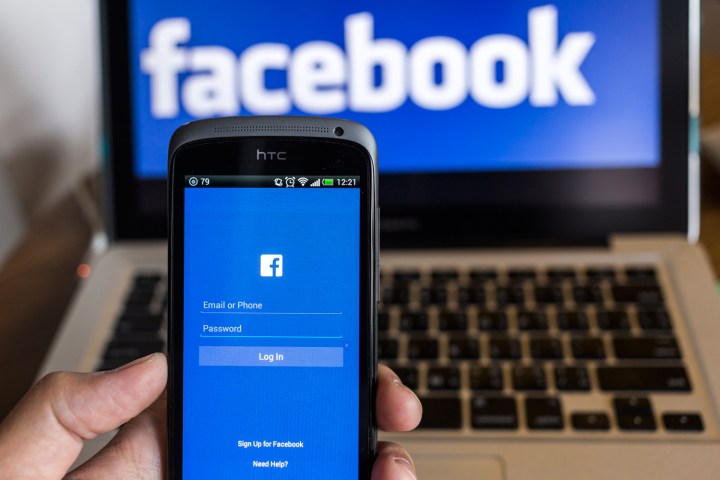
“Emojis are one of the most important ways we communicate emotion to each other,” said Messenger product manager Tony Leach. As such, he added, Facebook has made a “to better represent the real world.”
With the new and improved Facebook Messenger and its accompanying emojis, you’ll be able to choose the skin color that you’d like to set as your default. While this isn’t news to iOS or Android users, Leach notes, “this will be one of the first times that people will be able to use an app on the Web, iOS and Android to set the color of the skin tone of a lot of the emojis.”
Further, Facebook is planning on adding more diverse gender roles within its emoji library, with new female emojis including a police officer, a swimmer, and a surfer. This update comes hot on the heels of a Google submission to the Unicode Consortium asking for greater and more diverse representation of career women in the current emoji library.
“Using emojis to communicate has become its own language really, so of course people want to extend that language and have more dialect,” Jonas Downey, co-creator of Emojisaurus.com told USA Today. “With messaging, the more fun stuff in it, the more likely that people will keep using it.”
And, it would stand to reason, the more people see themselves reflected in these emojis, the more likely they’ll be to use them as well.
“Generally we think it’s really important for unicode standards to represent the real world as closely as possible,” concluded Downey. “I think it’s great when anyone takes a step to further that.”
Editors' Recommendations
- What does a check mark mean on Facebook Messenger?
- Facebook Messenger app adds calling, following WhatsApp’s lead
- Facebook’s massive outage saw millions sign up for rival apps
- Messenger and Instagram gain cross-app group chats, new themes
- How to make a Facebook avatar


